Wales flanker Justin Tipuric is hoping to prove his talents against Australia back-row pair Michael Hooper and David Pocock in Tokyo on Sunday.
Tipuric was a star try-scoring performer in Wales' opening Rugby World Cup 43-14 win against Georgia in Toyota City.
Now the Ospreys openside faces the dual threat of Hooper and Pocock when Wales tackle Australia in a potential Pool D decider.
"I enjoy this challenge," said Tipuric.
Wales second-row Jake Ball was handed the official man-of-the match accolade against Georgia but Tipuric was also outstanding in attack and defence.
Tipuric has developed into one of world rugby's most outstanding flankers and will again pit his wits against two of the leading back-rowers of the last decade.
"You'd rather play the best players in the world and challenge yourself rather than facing a back-row that aren't as good," said Tipuric.
"You want to play against the best and you know against those two you'll have to be on form.
"They're absolutely world-class sevens. Those two are consistently up there with the best in the world and you know what type of game you're going to be in for."
Tipuric believes the pair have contrasting strengths that Wales will have to conquer.
"They're both totally different players," said Tipuric.
"Pocock is probably the player in the world over the ball defensively.
"Michael is more of an attacking seven, probably has a bit more of a rugby brain to be in the right place in the right time."
The build-up to this game has been dominated by the tackle laws after Australia wing Reece Hodge was banned for three matches for a dangerous challenge against Fiji.
Hodge will miss the World Cup Pool D game against Wales in Tokyo on Sunday for the high tackle on flanker Peceli Yato as the Wallabies beat Fiji 39-21.
Hodge was not penalised at the time, but a disciplinary panel later decided he deserved a red card and Wales lock Ball believes the ban was the right decision.
The longer disciplinary verdict said Hodge claimed he had no effective knowledge of World Rugby's framework for dealing with high tackles and had not been trained with them in mind.
Tipuric says Wales defence coach Shaun Edwards has been working with the Wales team as World Rugby attempts to crack down on contact with the head in tackles.
"We spoke about it before coming in, just about tackle techniques," said Tipuric.
"Shaun did quite a bit with us before coming into the Rugby World Cup, being aware of it and adjusting our tackle height a little bit. With the new laws coming in you just have to be extra careful."
Wales defeated Australia 9-6 last November in Cardiff to end a run of 13 losses against the Wallabies and Tipuric believes that will provide added spice.
"Both teams want to try and get through, and finish top of the group," said Tipuric.
"There have been some tough results in the past, but it was nice to get a win last autumn against them.
"I think they'll be champing at the bit to get that back from us. We want to hold on to making sure we get another win so it's going to be a big game."
"It's an important game for us in this World Cup. Momentum is an important part of it if you keep on building that, put in good performances you are going to be flying and tough to beat.
"Before we even came in here you knew this was going to be a big one. Now we're here ,it's time to perform."
Wales produced an almost perfect first-half performance against Georgia as they secured a bonus point before half-time before fading in the second period.
'More to come' from Wales
Wales are looking to return to the form which saw them claim a record 14-match unbeaten, which included the 2019 Grand Slam and saw them briefly top World Rugby's rankings.
"There's definitely more to come from us," said Tipuric.
"As we saw in that 14-game winning run, the more we improve as we go on.
"Ideally we win on Sunday and it would put us top of the group, and make life a little bit easier for the rest of the games."


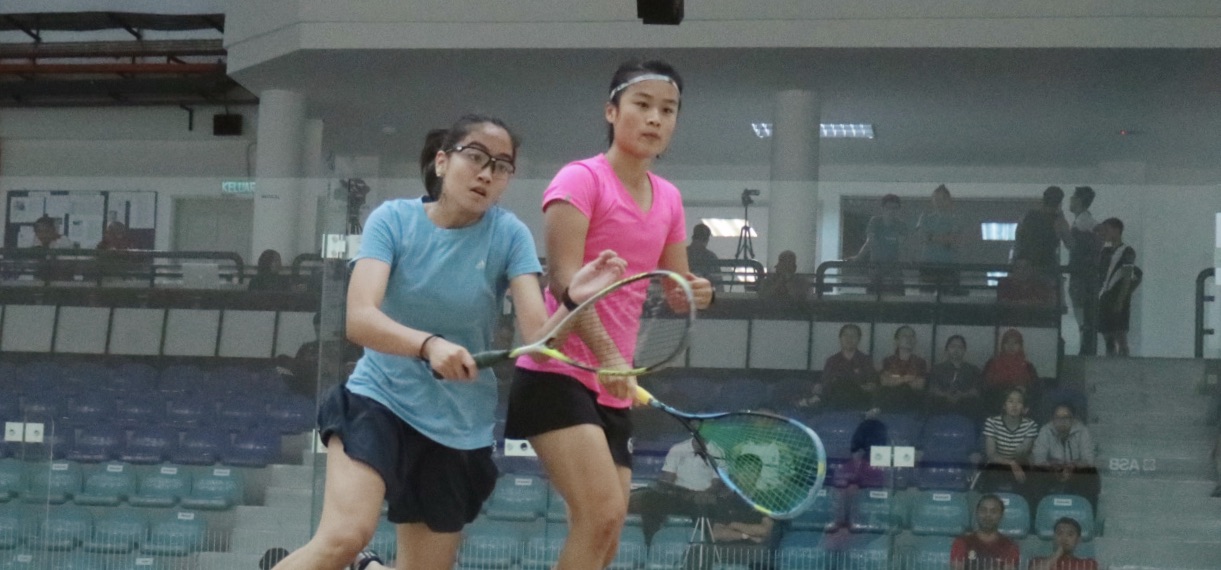
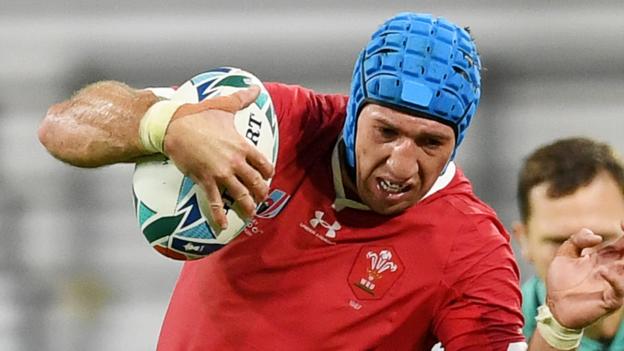
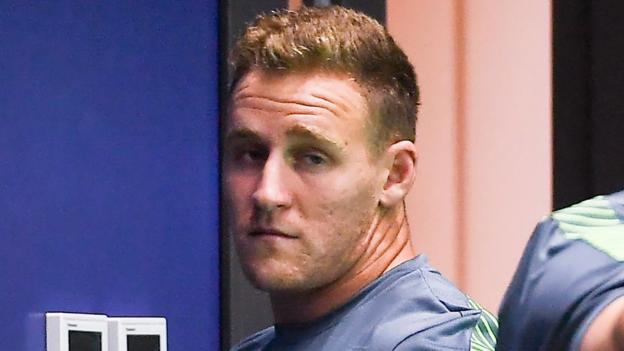
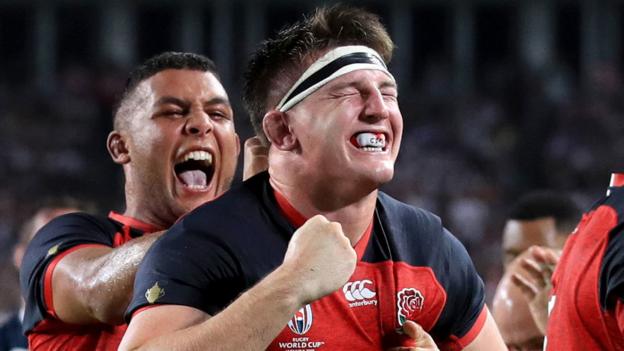
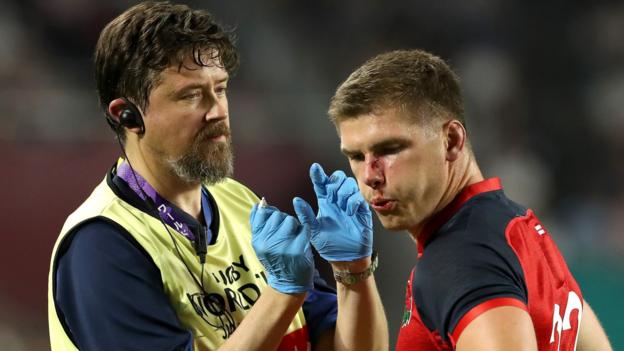


















 Phone: (800) 737. 6040
Phone: (800) 737. 6040 Fax: (800) 825 5558
Fax: (800) 825 5558 Website:
Website:  Email:
Email: 






